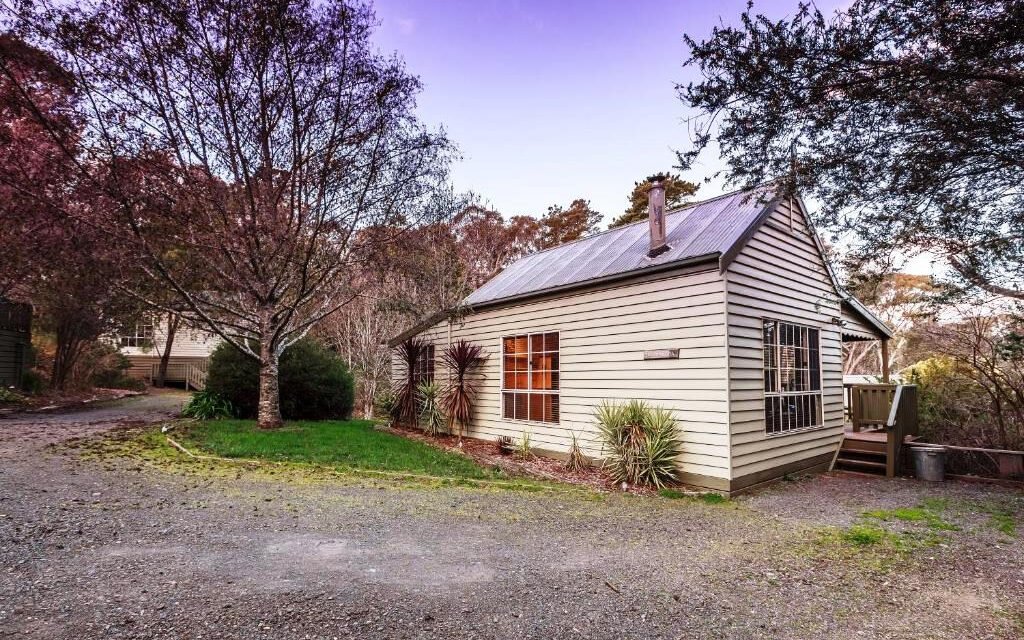Property owners who are subject to land tax have been receiving emails from the Victorian State Revenue Office (SRO) reminding them of their obligations in relation to the Vacant Residential Land Tax (VRLT).
The VRLT in Victoria will extend its reach starting January 1, 2025, to cover all residential land across the state, including rural and regional areas. Previously, the tax only applied to properties within certain areas of Melbourne.
The tax applies to properties considered “vacant,” meaning they have not been occupied for more than six months in the preceding calendar year. Short-term rental property owners will need to ensure that their properties are genuinely occupied for the required period, as merely listing a property for short-term rental does not qualify as occupancy. Rentals should be legitimate and not structured to avoid the tax. Properties being renovated, holiday homes used for at least four weeks per year (under specific conditions), and land designated for agricultural purposes are among the potential exemptions.
The annual tax will be calculated at 1% of the capital improved value (CIV) of the land and, if a property continues to remain vacant in subsequent years, the rate will increase to 2% and 3% in the second and third years, respectively. The CIV can be found on your rates notice and reflects the house and land value, not just the land value used for land tax assessments.
For example, a property with CIV of $880,000 (the median price of a house in Daylesford) and assessed as “vacant” will be subject to a tax of $8,800 in 2025 increasing to $26,400 in 2027 if it remains “vacant”. Details must be reported to the State Revenue Office (SRO) by 15 Jan 2025 to avoid penalties.
The expansion of VRLT could significantly impact owners of short-term rental properties, especially those who may struggle to meet the occupancy requirements consistently. Owners may need to adjust their rental strategies or explore exemption options to avoid accumulating substantial Vacant Residential Land Tax debts.
The Vacant Residential Land Tax (VRLT) in Victoria will consider a property “vacant” if it has not been occupied for more than six months, or 183 days, in the preceding calendar year. The six-month occupancy period does not have to be continuous, meaning the days of occupancy can be spread throughout the year. Simply making the property available for rent or listing it on a rental website is insufficient. It must be actively lived in for a total of six months or more over the course of the year.
To meet the occupancy requirement, the property must be genuinely used for residential purposes. Acceptable uses include:
- The owner or their permitted occupant (such as a family member or friend) living in the property as a principal place of residence, or
- A tenant occupying the property under a lease or short-term rental agreement.
For short-term rental properties, this means that the rental agreements must result in actual occupancy of the property, and owners should maintain records to prove that the property was lived in to avoid being taxed.
The calculation is based on full days of occupancy rather than just nights stayed. A “day” is generally defined as a 24-hour period during which the property is used as a residence. So, for example, if someone checks in during the afternoon and leaves the following morning, only one day would be counted toward the occupancy total.
For owners of short-term rental properties, this means that they must carefully track and document stays to ensure they can demonstrate that the property has been lived in for over six months to avoid the tax.
Several exemptions to the Vacant Residential Land Tax (VRLT) are available for certain properties. The main exemptions are:
- Primary Place of Residence (PPR): If the property is your primary home, it will be exempt from the tax. This includes cases where you use the property as your principal residence and it has not been vacant for more than six months
- Primary Production Land: Land used primarily for farming or agricultural purposes qualifies for an exemption, provided it meets the criteria for primary production under Victorian land tax regulations.
- Holiday Homes: An exemption applies if the property is used as a holiday home, provided that:
- The owner occupies it for at least four weeks in the calendar year.
- The owner has a primary residence elsewhere in Australia. However, this exemption only applies if the holiday home is owned by a natural person and not by a company or trust.
- Workplace Occupancy: If the owner uses the property for at least 140 days of the year for work purposes (e.g., if they need to stay at the property for work and have a separate PPR elsewhere), it may qualify for an exemption. Note that this does not apply if the property is owned by a company or other organization.
- Properties Undergoing Renovation or Construction: If a property is unoccupied because it is undergoing significant renovations or construction, it may be exempt for a limited period. The grace period for such exemptions is generally two years for most of Victoria, but certain metropolitan areas may have a five-year exemption period for extensive renovations.
- Special Residential Uses: Properties used for purposes like retirement villages, supported residential services, or commercial residential premises (such as aged care facilities) may also qualify for an exemption.
Notification Requirements
To claim an exemption, property owners must notify the State Revenue Office (SRO) and provide necessary documentation to support their exemption status. Failure to do so could result in penalties and assessments of the tax.
For more detailed guidance or case-specific advice, consulting the SRO website or a tax professional is recommended.
Related Stories:
Tax Slug for Short Term Rentals – Vacant Residential Land Tax
Editor’s note: The Wombat Post requested clarification from the SRO about the calculation of the 6 month occupancy requirement. The information provided to readers is based on internet searches and as such is the best available information. If we receive further clarification from the SRO, we will make it available.





